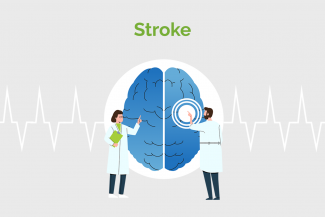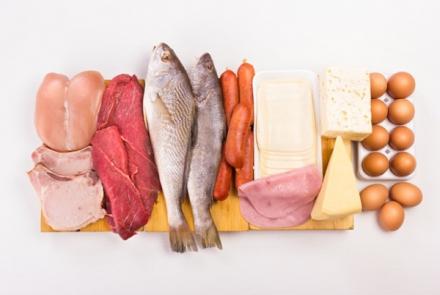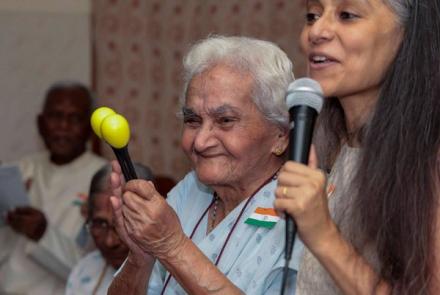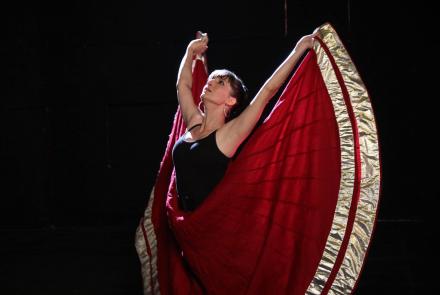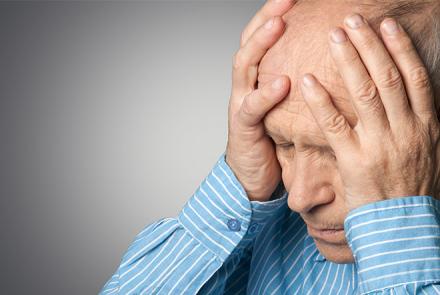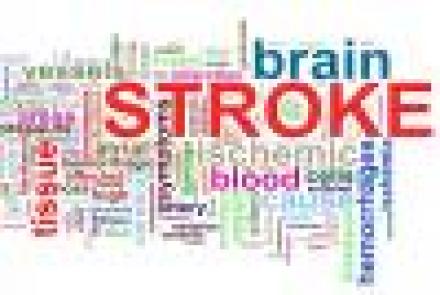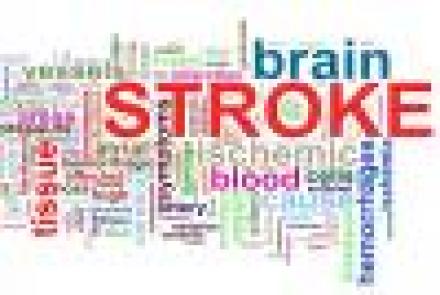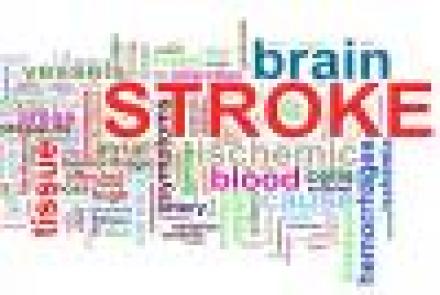
What causes a stroke?
• Lack of blood flow caused by a blockage, such as a blood clot, in the blood vessel
• Internal bleeding in the blood vessels in the brain
Are you at the risk of getting a stroke?
Stroke can occur at any age. So, it doesn’t just affect the elderly. However, the chances of stroke do increase in a person who has certain risk factors.
Stroke is known to have multiple factors that can increase risk, but most of these factors can be treated and medically managed. For easy understanding, we divide the risk factors into modifiable and non-modifiable i.e. those can be changed and those that cannot be.
|
Modifiable Risk Factors |
Non-modifiable Risk Factors |
|
High blood pressure, Smoking or exposure to cigarette smoke, Excessive alcohol intake, Unhealthy eating habits, Sedentary lifestyle, Obesity, Metabolic syndrome / Central body fat distribution, Diabetes, Atrial fibrillation, Dyslipidemia, Drug abuse, Hormone therapy post menopause, Excessive oral contraceptive use, Sleep apnea |
Old age Race or ethnicity Possible genetic factors |

